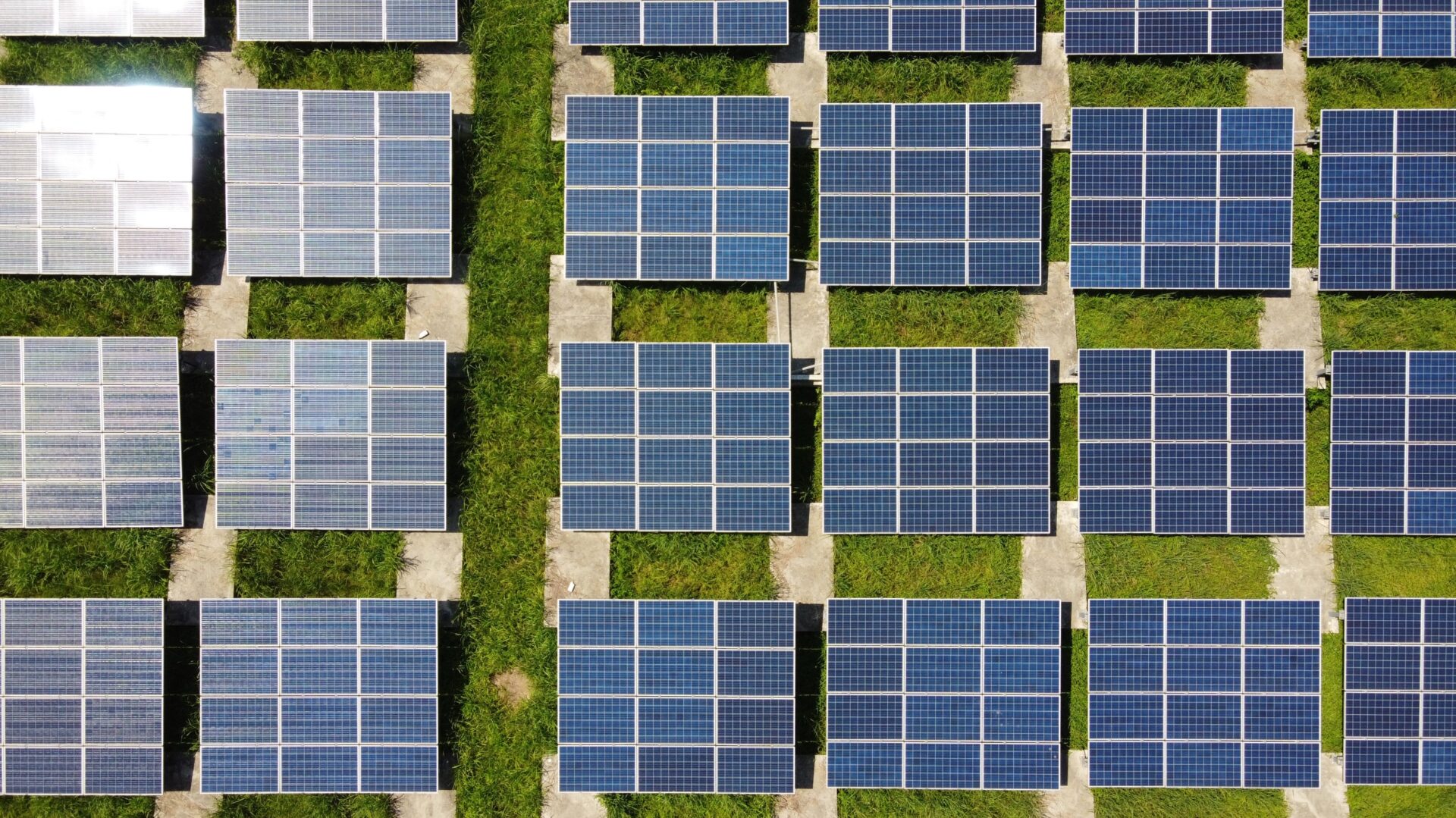Artificial Intelligence is on the cusp of transforming industries, but there is a pressing concern: its energy needs. As AI becomes more advanced and widespread, its appetite grows.
As we rush into the AI-driven future, it’s crucial to confront the harsh reality: without stringent regulation, we are setting ourselves up for an energy crisis of unprecedented proportions. Imagine a world where AI knows no bounds, consuming energy at an alarming rate. In such a scenario, we would witness a colossal strain on our already fragile energy infrastructure.
The consequences are frequent blackouts and skyrocketing electricity bills. The carbon footprint of AI, left unaddressed, could become an environmental catastrophe. Moreover, companies and countries that can harness AI without restraint will outcompete those who cannot, leading to economic inequality on an unprecedented scale.
In this article, I’ll delve into AI’s escalating energy demands, the challenges it poses, and potential solutions.
AI as an Emerging Economic Force
Today, we are entering an era where the economy’s pulse will be measured not by the sheer force of human labor but by the amount of artificial intelligence at its core. AI has the potential to reshape the productivity landscape as businesses look to improve their workforce’s efficiency with AI and automate various tasks and roles.
According to PwC, the prospective contribution of AI to the global economy by 2030 could reach a staggering $15.7 trillion. Approximately 45% of economic gains will stem from product improvements. AI will foster consumer demand by diversifying goods and enhancing personalization and affordability.
Over 300 AI applications have already been identified, extending beyond commerce to various scientific domains. In physics, for example, neural networks are currently employed to develop novel models and theories. AI excels in uncovering hidden patterns and correlations in the data. The U.S. Department of Energy has already recognized its potential to expedite experimental discoveries in nuclear physics. And in biotechnology, AI accelerates the discovery of new molecules. As algorithms continue to progress, the scope of their applications expands further.
The Dawn of Synthetic Data
Before diving into the new capabilities of AI, it is important to distinguish between its two operational phases. AI workloads traditionally encompass training and inference stages. During training, the model learns from input data by adjusting its internal parameters through iterative processes. This stage is computationally intensive and time-consuming and requires multiple iterations to optimize the model’s performance. It also generally requires human assistance.
In contrast, the inference phase occurs after the model has been trained and involves using it to make predictions or decisions based on new, unseen data. Inference is typically faster and less computationally demanding than training, as the model applies its learned knowledge to generate forecasts without further parameter adjustments.
The autonomous learning process can theoretically continue indefinitely. According to Gartner, synthetic data is projected to surpass real data in AI models by 2030. Because of that, AI will soon be able to continuously train itself, employ models for predictions, accumulate more data, and refine algorithms further. The longer AI operates, the more precise and accurate its results become, and the more applications algorithms can cover.
This pivotal shift from humans to AI underscores the importance of a critical factor: energy.
AI’s Appetite for Power
Currently, global energy consumption is influenced by human limitations. To illustrate, we don’t need energy throughout the entire day as we have to sleep and rest. Plus, AI adheres to schedules for downtime, maintenance, and updates. However, as AI eventually overcomes its limitations, learns to train itself, and starts operating around the clock, its energy demands could skyrocket.
In 2018, a study by OpenAI revealed that computational power used for AI training has doubled every 3 to 4 months since 2012. No wonder seeing as AI tasks, particularly deep learning, entail complex mathematical operations on vast datasets. State-of-the-art AI models have also expanded in size with billions or trillions of parameters, intensifying energy consumption.
Large-scale AI applications often run in data centers, which house numerous servers and cooling systems. They consume significant energy for temperature control and server operation. These data centers already account for a substantial portion of global electricity consumption, estimated at over one percent and growing. On average, a hyperscale facility consumes between 20 and 50 MW per year, equivalent to powering up to 37,000 homes.
Another energy-intensive task is extracting carbon dioxide (CO2) from the atmosphere to combat climate change. Training a single AI model can emit over 626,000 pounds of CO2 equivalent. It’s about 5x the lifetime carbon emissions of an average car. Capturing CO2 demands substantial energy inputs due to its low concentration in the air and its physical properties. Addressing these energy requirements becomes imperative as we strive for net-zero emissions and address the climate crisis.
The Rise of Renewable Solutions
So, is our current infrastructure prepared to accommodate the growing needs of AI? Regrettably, the answer is no. Our electrical grid lags far behind the necessary rate of adaptation. This requires an urgent search for innovative solutions, with solar energy standing out as a promising answer to this energy conundrum.
Solar power harnesses the immense energy potential of our sun, a renewable and practically limitless resource. As we move toward an AI-driven future, regions with abundant sunlight will experience a surge in demand for solar infrastructure. Globally, wind and solar projects are set to contribute to over a third of the world’s electricity by 2030.
Solar panel manufacturers are poised to thrive in this new landscape. The efficiency of solar panels continues to improve, thanks to advancements in materials science and engineering. Energy storage companies specializing in advanced battery technologies will also play a pivotal role in stabilizing the energy grid. Just in the US, global investments in energy storage and power grids surpassed $337 billion in 2022.
Another contender in the quest for clean and efficient energy is fusion power, with Helion Energy research company being one example. However, to make fusion power a practical energy source, we still have to produce fuels such as Deuterium and Helium-3. This process presents unique hurdles. Deuterium is available but needs extremely high temperatures for fusion reaction, while Helium-3 is scarce on Earth and requires lunar mining. Furthermore, fusion power must address economic, regulatory, safety, scalability, and environmental concerns.
While fusion energy holds huge potential, it remains experimental and may take several decades to become widespread. In contrast to these complexities, solar energy is a potentially straightforward solution. It offers a clear and scalable path toward sustainability, requiring strategic investments in solar infrastructure. Solar power’s simplicity lies in its ubiquity, as sunlight is available virtually everywhere without the need for extensive mining or extraction.
As the global economy shifts toward AI and clean energy technologies, the demand for sun-rich land, solar panel manufacturers, and energy storage companies will surge in the years ahead. However, this organic growth may not be enough to prevent an energy collapse.
Regulating AI Needs: A Ticking Time Bomb
To ensure a sustainable future in the age of AI, we must take bold steps to regulate AI’s energy needs. Consider the EU Emissions Trading System that forces manufacturers, power companies, and airlines to pay for every ton of carbon dioxide they release. In February 2023, the price of carbon permits in the EU carbon market reached a historic high of 100 euros per tonne of CO2. The higher the cost, the stronger the incentive for companies to invest in low-carbon technologies and transition to cleaner energy sources.
Similarly, we should explore the idea of imposing additional taxes on companies with substantial AI energy consumption. Businesses that rely heavily on AI could be required to invest in renewables as a means of offsetting their environmental footprint. Just as carbon emissions trigger financial penalties, AI’s energy consumption could be linked to mandatory investments in solar infrastructure or other alternative energy initiatives.
While companies may not be thrilled about the prospect, our society has to prioritize long-term sustainability over short-term profits. Proactive measures to address this issue could contribute significantly to a greener and more sustainable future while supporting the growth of AI-driven industries.
This article was originally published by Uladzislau Yanchanka on Hackernoon.












